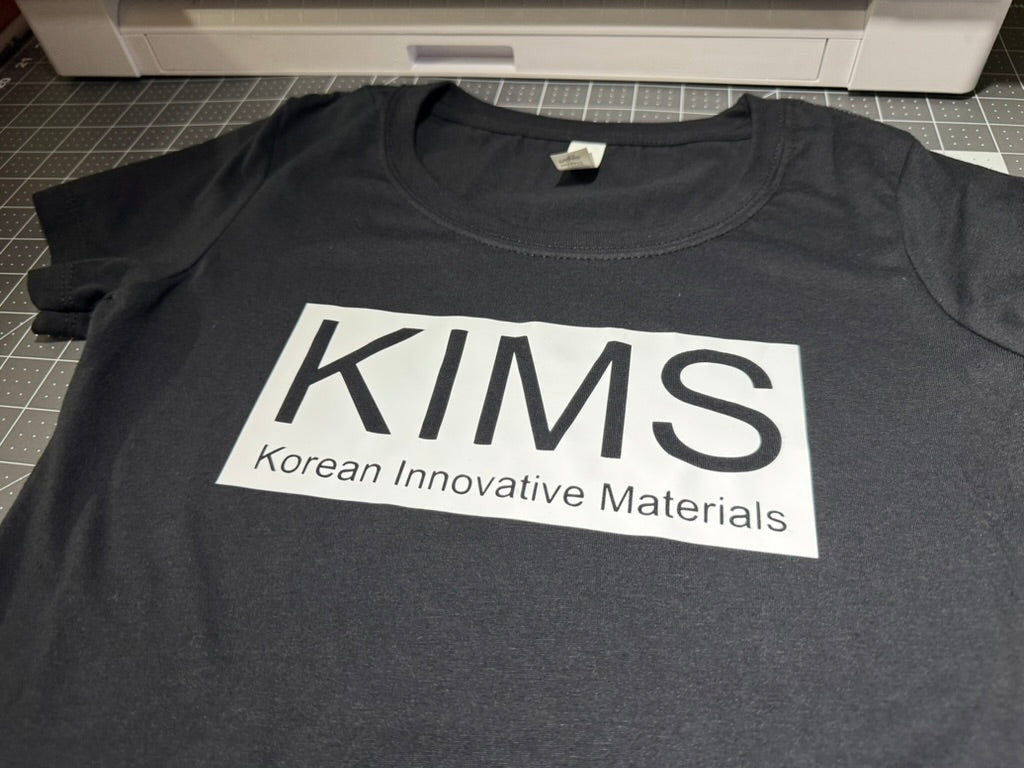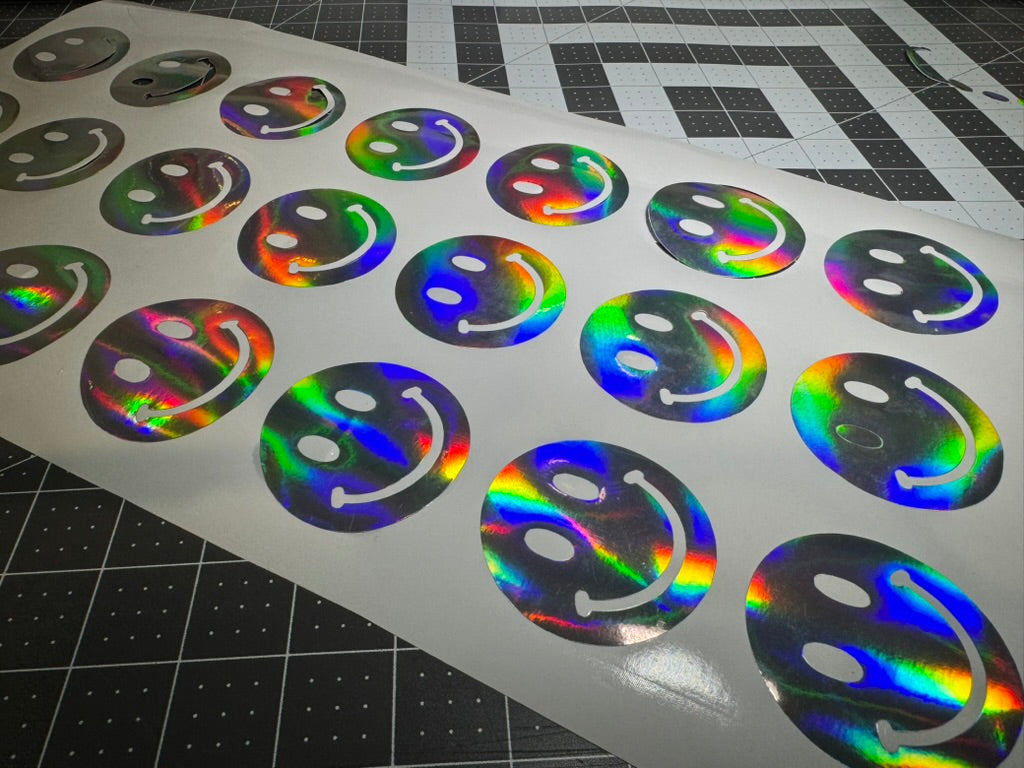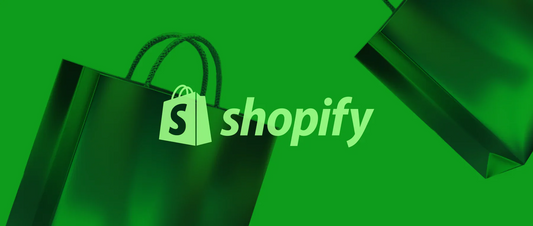Starting a custom vinyl sticker business is a popular option for people interested in creative work, low startup costs, and flexible schedules. Many individuals begin as hobbyists and grow their operations into full-time businesses.
This guide explains how to start a custom vinyl sticker business in 2025. It covers the key steps, tools, and strategies involved in launching and running a successful sticker business.
The information is designed for first-time business owners. Each section focuses on clear, actionable steps without technical jargon.
Why a Custom Vinyl Sticker Business Is Worth Starting
A custom vinyl sticker business offers a low-cost entry point into a growing creative industry. Basic startup costs often range from $500 to $2,000, depending on the quality of the equipment and materials purchased. This includes a cutting machine, vinyl rolls, a computer with design software, and packaging supplies.
Profit margins for vinyl stickers can reach 60% to 80%, especially when selling directly to consumers or businesses. Materials like adhesive vinyl and transfer tape are relatively inexpensive per unit, while custom stickers can be priced significantly higher based on size, finish, and design complexity.
Market demand for custom stickers continues to increase. Stickers are used for branding, packaging, laptop and water bottle decoration, and promotional materials. The term "sticker for business" has seen rising search interest, as small companies look for affordable ways to brand and personalize their products.
Running a sticker business offers flexibility. It can be managed from home, either part-time or full-time. Many business owners operate through online marketplaces or social media platforms, which reduces the need for a physical storefront.
Main advantages include:
-
Low Investment: Basic tools and supplies allow most people to begin with a small upfront cost
-
Scalable Business: Production can expand gradually, from single orders to bulk batches
-
Diverse Applications: Vinyl stickers are used in industries such as retail, packaging, marketing, education, and events
Key Steps to Prepare Before You Launch
1. Select Your Niche and Target Audience
A niche is a specific category or theme within the larger sticker market. Choosing a niche helps define who your customers are and what types of stickers you will create. To identify a profitable niche, examine what people are already buying and look for gaps in available designs.
Use online marketplaces, social media platforms, and search engine trends to explore popular categories and keywords. Analyze competition within each niche by checking how many sellers offer similar products and how engaged their audiences appear.
Examples of business sticker ideas include:
-
Vehicle decals for commercial vehicles
-
Laptop stickers with professional themes
-
Window clings for small business storefronts
-
Planner stickers for organization
-
Safety and compliance labels
Choosing a niche that balances demand with lower competition increases the likelihood of early sales and growth.
2. Validate Your Sticker Business Ideas
Before investing heavily, test whether people will buy your designs. This can be done through:
-
Social media polling: Share design concepts on platforms like Instagram or Facebook to gather feedback
-
Sample production: Create a few test designs and collect opinions from potential customers
-
Small batch testing: Print limited quantities to sell locally or online
|
Validation Method |
Time Required |
Cost |
Feedback Quality |
|---|---|---|---|
|
Social Media Polls |
1-2 weeks |
$0-50 |
Medium |
|
Sample Production |
2-4 weeks |
$100-300 |
High |
|
Print-on-Demand |
1-2 months |
$50-200 |
High |
3. Register and Organize Your Small Business Sticker Operations
Setting up a proper business structure helps with taxes, liability, and professional credibility. Common business structures include sole proprietorships and limited liability companies (LLCs).
Local and state governments may require permits or licenses. Business name registration is usually handled through a city or county office. Once registered, open a business bank account to keep personal and business funds separate.
Essential startup documents for a small business sticker operation:
-
Business structure documentation
-
Federal EIN (Employer Identification Number)
-
State or local business license
-
Registered business name
-
Business bank account details
Essential Vinyl Sticker Equipment and Materials
1. Choosing the Right Printer and Cutter
Vinyl sticker equipment includes both a printer and a cutting machine. Inkjet printers use liquid ink for vibrant colors but may need lamination for durability. Laser printers use toner, which is more water-resistant but sometimes less vibrant.
Vinyl cutting machines come in hobby-level and commercial-grade models:
-
Entry-level machines (Cricut, Silhouette): Good for beginners, lower volume
-
Commercial cutters: Faster speeds, heavier cutting force, higher output
Design software is required to create and prepare sticker artwork. Popular options include Adobe Illustrator, CorelDRAW, or the built-in software that comes with cutting machines.
2. Exploring Vinyl Types for Stickers
The vinyl you choose affects how your stickers look and perform:
-
Permanent vs. Removable: Permanent vinyl has strong adhesive for long-term use; removable vinyl can be taken off without residue
-
Indoor vs. Outdoor: Indoor vinyl is less expensive but has lower UV resistance; outdoor vinyl withstands weather
-
Glossy vs. Matte: Glossy vinyl has a shiny finish; matte has a non-reflective surface
Specialty vinyl options include holographic, reflective, metallic, and textured materials. These types are often used for decorative or promotional designs and may command higher prices in a vinyl sticker business.
3. Selecting Laminates and Finishing Supplies
Lamination protects the printed surface of a sticker from scratches, fading, and water damage. It's applied as a clear film over the printed vinyl, either by hand or with a cold laminator.
Other essential supplies for building a sticker business include:
-
Packaging materials (envelopes, backing cards)
-
Cutting mats to hold materials during cutting
-
Weeding tools for removing excess vinyl
-
Storage solutions to keep materials organized
Step-by-Step Process to Build a Sticker Brand
1. Design Creation and Testing
Designing stickers begins with choosing software that allows for scalable artwork. Adobe Illustrator creates vector-based designs with clean lines. Canva offers pre-made templates for beginners. Procreate works well for hand-drawn illustrations.
When creating startup stickers, follow these design practices:
-
Use bold lines and simple shapes for easier cutting
-
Keep text legible at small sizes
-
Leave margin space for easier weeding
-
Create high-resolution files (300 DPI)
-
Test cut designs before full production
2. Production Workflow and Quality Checks
A consistent production process helps maintain quality and efficiency in a custom stickers business:
-
Load vinyl into the cutting machine
-
Send the design file to the cutter
-
Weed the vinyl (remove excess material)
-
Apply transfer tape if needed
-
Laminate if required
-
Cut the final shape
Quality control checkpoints include:
-
Checking that cuts are complete and clean
-
Verifying alignment between print and cut lines
-
Inspecting for air bubbles or creases
-
Ensuring color consistency across batches
3. Packaging and Shipping to an Online Sticker Store
Professional packaging protects stickers and enhances the customer experience. Rigid mailers prevent bending, while cellophane sleeves keep stickers clean. Cardstock backings help stickers stay flat and add branding opportunities.
Shipping carriers include USPS, UPS, and FedEx, each with different rates and delivery times. Most sticker packages qualify as large envelopes or small parcels, keeping shipping costs reasonable.
For an online sticker store, create a memorable unboxing experience with:
-
Branded packaging
-
Thank-you notes
-
Organized presentation
-
Bonus mini stickers
How to Price and Promote Your Sticker Business
1. Pricing Strategies and Costs
Pricing stickers involves calculating all production costs and adding a profit margin:
Sticker Price = (Materials + Labor + Overhead) + Profit Margin
Individual stickers typically sell for $2-$5, while multi-packs range from $10-$30 depending on size, complexity, and finish. Specialty stickers command higher prices.
Starting a sticker business costs approximately $500-$2,000, including:
-
Entry-level vinyl cutter: $200-$400
-
Printer: $100-$300
-
Vinyl and laminate: $100-$250
-
Design software: $0-$50/month
-
Packaging supplies: $50-$150
2. Marketing on Social Media and Local Sticker Shops
Effective marketing helps reach potential customers:
-
Instagram and TikTok: Share design process videos and customer reviews
-
Local collaborations: Partner with small businesses and local sticker shops
-
In-person events: Sell at craft fairs and markets
-
Email marketing: Build a list for direct communication
Social media content ideas for sticker businesses:
-
Design progress videos
-
Application demonstrations
-
Packaging time-lapses
-
Customer photos
-
Seasonal releases
3. Exploring Corporate Sticker Printing Opportunities
Corporate sticker printing offers larger orders and repeat business. Businesses use stickers for:
-
Branding materials
-
Packaging labels
-
Event promotions
-
Employee gifts
-
Product information
Industries frequently requesting stickers for company branding include food and beverage, cosmetics, fitness, real estate, and tech startups.
Advanced Tips to Stand Out in a Competitive Market
1. Specialty Vinyl for High-Margin Sticker Business Ideas
Specialty materials can set your sticker business ideas apart from competitors:
-
Holographic vinyl: Creates rainbow-like reflections
-
Reflective vinyl: Visible at night when light hits it
-
Weatherproof vinyl: Withstands outdoor conditions
-
Eco-friendly vinyl: Appeals to environmentally conscious customers
-
Custom die-cut shapes: Follows the exact outline of designs
These specialty options often support 40-60% higher pricing compared to standard vinyl.
2. Bulk Orders for Business Customers
Attracting bulk orders from companies requires consistency and reliability. Businesses use stickers for:
-
Corporate branding packages
-
Event and promotional sets
-
Retail partnerships
-
Subscription box inclusions
Volume pricing structures offer discounts for larger quantities, encouraging bigger orders while maintaining profitability.
3. Expanding Beyond Basic Stickers
Growing a sticker business involves adding complementary products or entering new markets:
-
Magnets, buttons, and patches
-
Licensing agreements for popular characters
-
Print-on-demand partnerships
-
Wholesale distribution to retailers
Each expansion path builds on existing skills while reaching new customers.
Moving Forward With Confidence in 2025
Starting a sticker business in 2025 provides access to a growing creative market where small-scale production can support viable operations. With basic equipment, materials, and production workflows, a business can begin producing and selling vinyl stickers effectively.
Many people start by choosing a focused niche, testing a few designs, and selling through online stores or local markets. Over time, expansion into bulk orders, corporate branding, or specialty products becomes possible.
Using high-quality vinyl materials affects how cleanly designs cut, how easily they weed, and how well they adhere to surfaces. KIMS Direct offers premium vinyl materials engineered for sticker production that cut cleanly and adhere reliably. Explore our collection at https://kimsdirect.com/collections/all to find materials for professional results.
The stickers business continues to evolve alongside digital design tools and material innovations. By maintaining production quality and responding to market demand, a business can build a catalog that meets various customer needs.
Frequently Asked Questions About Starting a Vinyl Sticker Business
How much profit can I expect from a vinyl sticker business?
A vinyl sticker business typically achieves profit margins between 50% and 70% after subtracting materials, packaging, and overhead expenses, with many new businesses becoming profitable within three to six months of consistent operation.
What is the best vinyl cutting machine for beginners?
The Cricut Explore Air 2 and Silhouette Cameo 4 are excellent cutting machines for beginners because they include user-friendly software and are compatible with standard vinyl materials for sticker production.
Do I need graphic design experience to start a sticker business?
No graphic design experience is required to start a sticker business, as beginners can use simplified platforms like Canva or purchase commercial-use designs while developing their skills through practice and tutorials.
Which online platforms are best for selling custom vinyl stickers?
Etsy, Shopify, and Instagram work well for selling custom vinyl stickers because Etsy provides a built-in audience, Shopify offers a branded storefront, and Instagram facilitates marketing and direct customer communication.
How do I protect my sticker designs from being copied?
Protect sticker designs by registering copyright for original artwork, adding watermarks to digital previews, incorporating your logo into physical products, and considering trademark registration for your brand name and logo.







